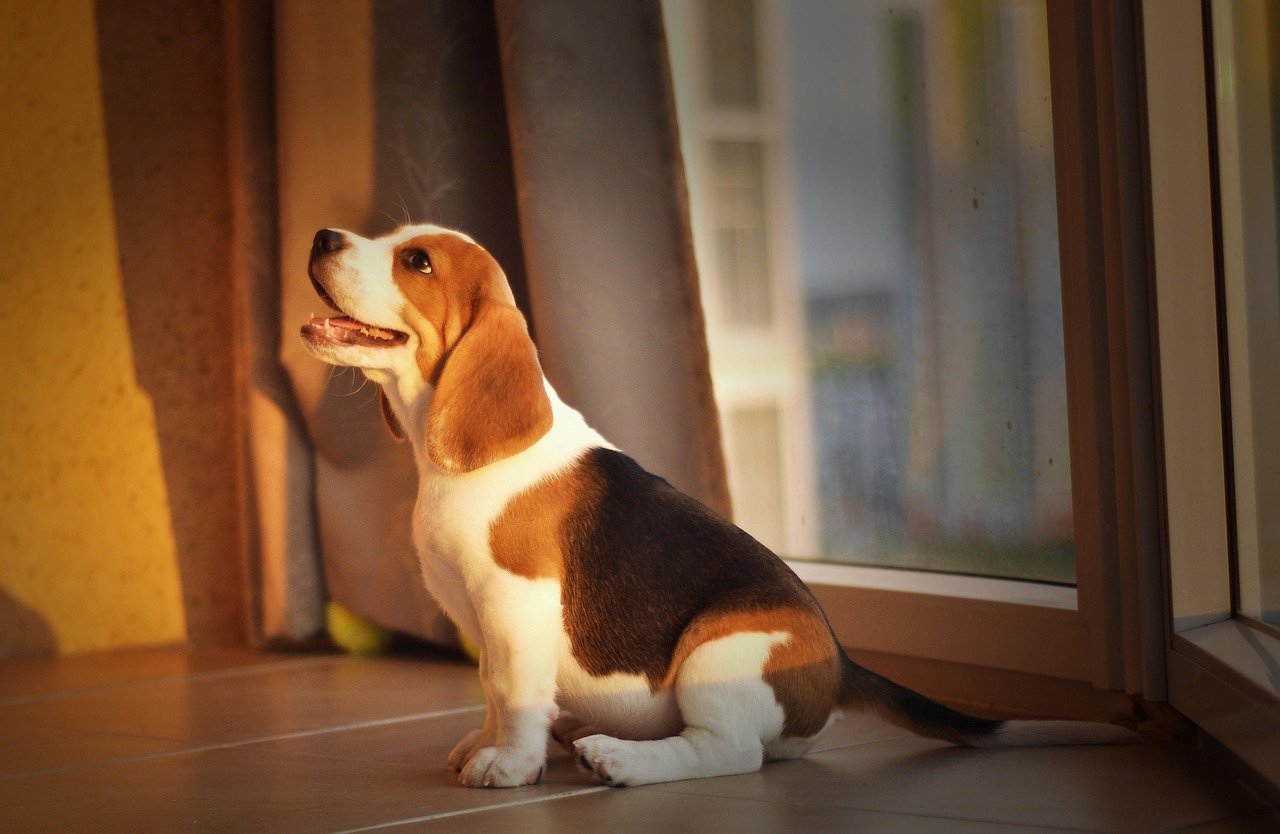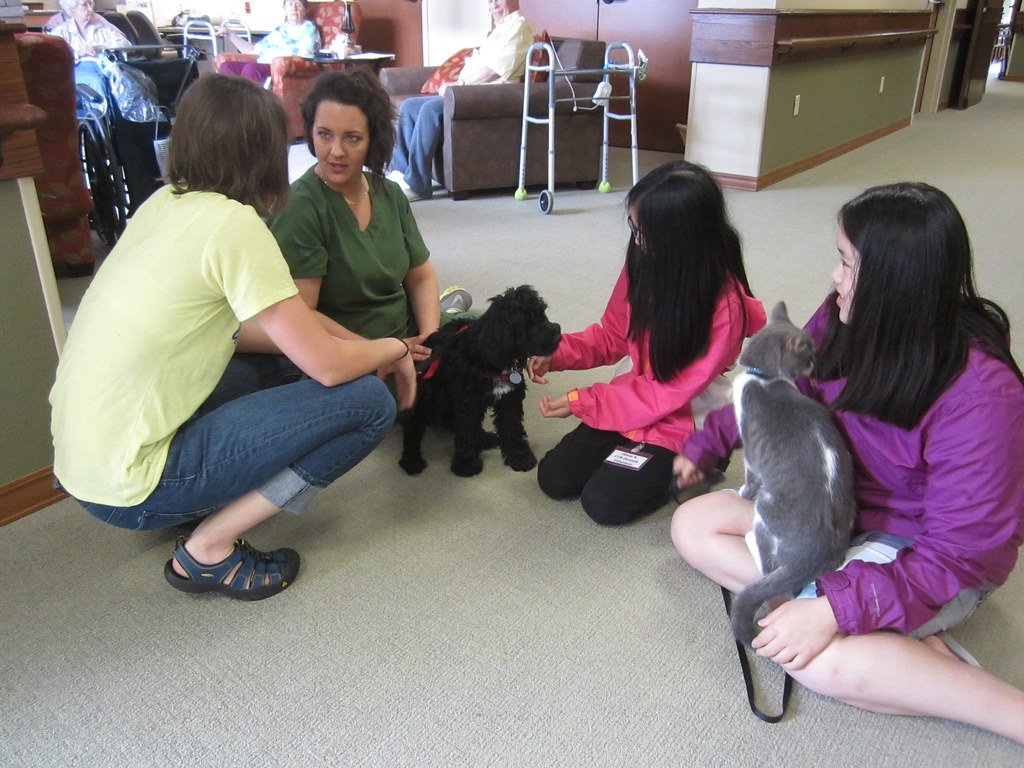Getting a new puppy is one of life’s most exciting adventures, but it can also feel overwhelming when you realize how much responsibility comes with that adorable little ball of fur. Beyond the cute photos and snuggles lies a crucial task that will shape your dog’s entire future: socialization. This isn’t just about teaching your pup to play nicely with others—it’s about creating a confident, well-adjusted companion who can handle whatever life throws their way.
The Critical Window: Why Timing Matters More Than You Think

Here’s something that might surprise you: your puppy’s first three months of life will permanently shape their future personality and how they’ll react to their environment as an adult dog. Think of it like a window that slowly closes—and once it’s shut, it becomes much harder to make changes.
Puppies need daily socialization between the ages of three and 12 weeks old, with some breeds extending this critical period up to 16 or 20 weeks. It’s not impossible to socialize an older dog, but it is substantially more difficult. Missing this window is like trying to learn a new language as an adult versus a child—technically possible, but requiring far more effort and patience.
Start Right at Home: The Foundation of Success

Before you even think about venturing out into the world, your home becomes the perfect training ground. There’s plenty you can do to socialize your puppy at home, especially during those early weeks when they’re not fully vaccinated yet. Your living room might seem ordinary to you, but to your puppy, it’s a wonderland of new experiences waiting to happen.
Start by creating a sensory adventure right where you are. Try to come up with as many different types of people, places, noises, and textures as you can and expose your puppy to them—having them walk on carpet, hardwood, tile, and linoleum floors. It’s like giving them a passport to different worlds, one surface at a time. Your kitchen tiles become foreign territory, and that soft bedroom carpet transforms into an exciting new landscape to explore.
The Art of Positive Exposure: Quality Over Quantity

It is the quality of the exposure that counts (not the quantity!). This is where many well-meaning puppy parents get it wrong. They think more is better, but what really matters is creating positive associations with new experiences. Positive is the key word here—the best way to socialize a puppy is to avoid frightening experiences as your dog learns what’s normal and safe.
Think of yourself as a tour guide for your puppy’s first impression of the world. When introducing all of these new experiences to your puppy, make sure they’re getting an appropriate amount of treats and praise, as the pet will associate these experiences with seeing something new being a fun experience. Your enthusiasm and calm energy become the soundtrack to their learning—if you’re nervous, they’ll pick up on that tension immediately.
Meeting People: Building Social Confidence

Your puppy needs to learn that humans come in all shapes, sizes, and styles. Meet a young and old person, someone in a wheelchair or using a cane, a person with a beard, wearing sunglasses or a hood, and using an umbrella. This might sound like a tall order, but remember—you’re not looking for lengthy interactions, just positive glimpses of diversity.
Invite friends to your home—children, adults, men, women, the UPS driver, the gardeners—have your pup see and experience these people in and around your home. Each new face becomes a building block in your puppy’s social foundation. The key is keeping these meetings light and positive, letting your puppy approach at their own pace rather than forcing interactions that might feel overwhelming.
Safe Dog Introductions: The Building Blocks of Canine Friendship

One of the trickiest parts of puppy socialization is introducing them to other dogs safely. Invite your friends’ healthy, vaccinated, and puppy-friendly dogs over for a play date—playing with other dogs is important for puppies’ social development and to learn not to bite hard in play. Think of these as carefully orchestrated blind dates where both parties need to be compatible.
Most experts advise against letting puppies roam free at a dog park until they’ve had a few one-on-one puppy playdates and have proven capable of holding their own with older dogs—adult dogs often play more roughly than puppies are comfortable with. It’s like throwing a kindergartner into a high school sports game—the size and intensity difference can be overwhelming and potentially traumatic.
The Great Outdoors: Expanding Horizons Safely

Once your vet gives the all-clear for outdoor adventures, the world becomes your puppy’s classroom. Take your pup on a walk in a stroller, wagon, or sling—this brilliant strategy lets them experience sights, sounds, and smells without the risk of picking up diseases from contaminated surfaces. You become their personal chauffeur to adventure.
Many dogs live in cities with busy streets and cars, buses, and trucks roaring by and honking from every direction—they may encounter fast-moving objects such as joggers, cyclists, and skateboarders, as well as novel stationary objects like garbage cans, statues, or inflatable holiday decorations. Each of these experiences, when handled positively, adds another layer of confidence to your puppy’s growing personality.
Creating a Structured Socialization Plan

Create a daily checklist of manageable goals—select 3-5 items or environments you want to expose your dog to each day. This approach prevents you from feeling overwhelmed while ensuring steady progress. Think of it as a gentle curriculum for life skills rather than a crash course in everything at once.
Think of it as a scavenger hunt—but one where the prize is a well-adjusted, confident dog who can handle life’s surprises with grace. Keep track of your dog’s emotional state and if the experience is positive—if you feel the exposure was successful, you can check the item off your list and move on to other items. This systematic approach helps you celebrate small wins while building toward bigger goals.
Professional Help: When to Seek Expert Guidance

During puppy socialization class, puppies are expected to meet and interact with other puppies of different breeds, ages, and sizes, along with people and potentially children—the class instructors should introduce the puppies to different surfaces to walk on, different toys, new objects such as skateboards, wheelchairs, shopping carts, rolling suitcases, and bicycles, and classes can last four to six weeks. These structured environments provide controlled exposure with expert guidance.
Professional trainers understand the delicate balance between challenge and comfort that puppies need. Many puppy socialization classes only meet once a week—the rest of the time, pet parents must do the work and take their puppies out to meet the world. Think of classes as your weekly tune-up, but the daily practice happens in real life with you as the primary teacher.
Conclusion: Building Tomorrow’s Confident Companion Today

Puppy socialization isn’t just a nice-to-have addition to your pet care routine—it’s the foundation upon which your dog’s entire future personality is built. According to the American Veterinary Society of Animal Behavior, improper socialization can lead to behavior problems later in life, and behavioral issues, not infectious diseases, are the number one cause of death for dogs under 3 years of age. This sobering statistic reminds us that socialization isn’t optional; it’s essential.
The beautiful thing about puppy socialization is that it doesn’t require expensive equipment or complicated techniques—just patience, consistency, and a commitment to showing your puppy that the world is a safe and exciting place to explore. Every positive experience you create today becomes a building block for a lifetime of confidence and happiness.
What kind of adventure will you and your puppy embark on first?

Andrew Alpin from India is the Brand Manager of Doggo digest. Andrew is an experienced content specialist and social media manager with a passion for writing. His forte includes health and wellness, Travel, Animals, and Nature. A nature nomad, Andrew is obsessed with mountains and loves high-altitude trekking. He has been on several Himalayan treks in India including the Everest Base Camp in Nepal.






